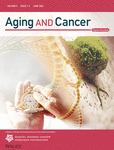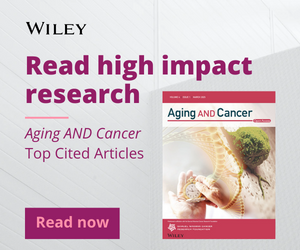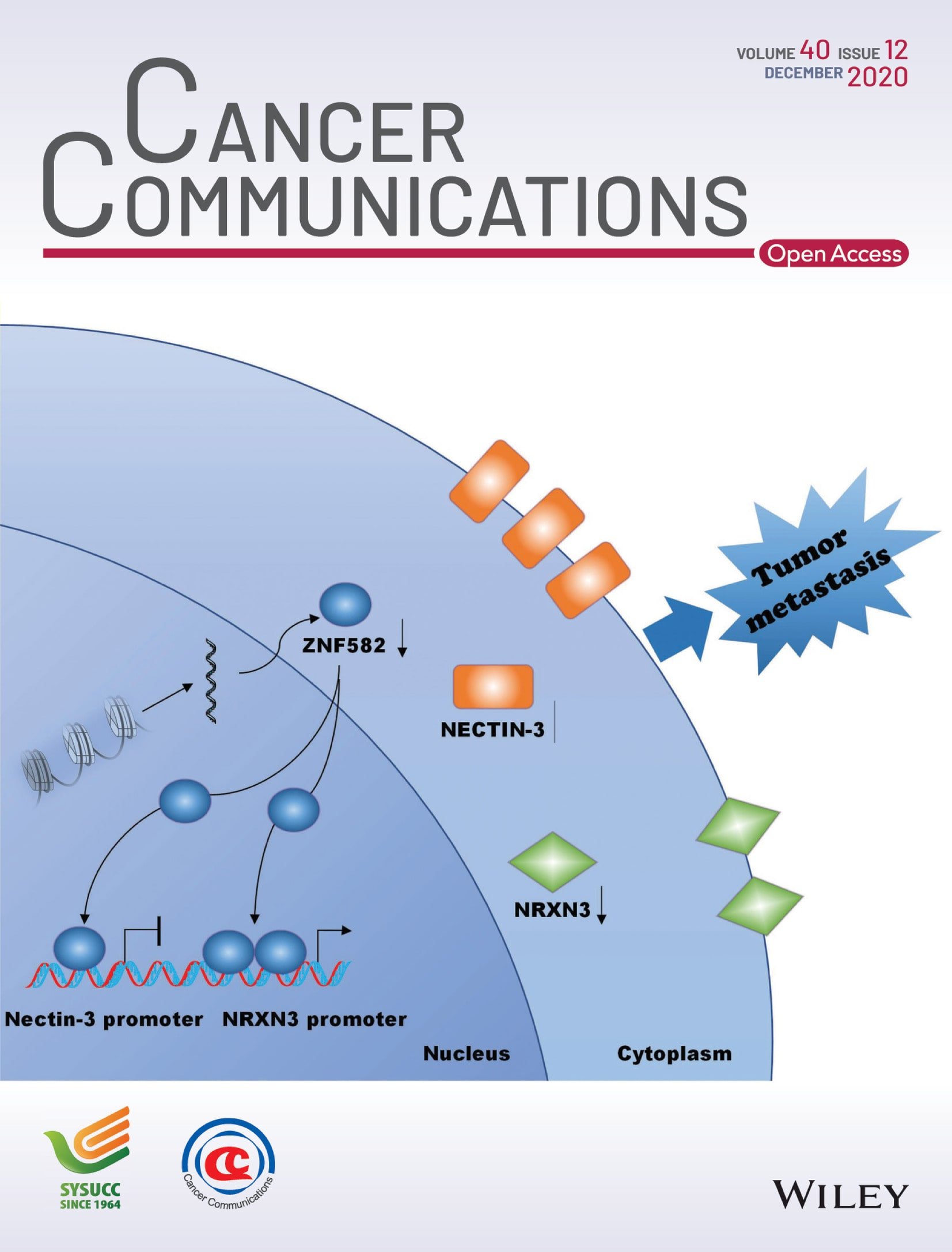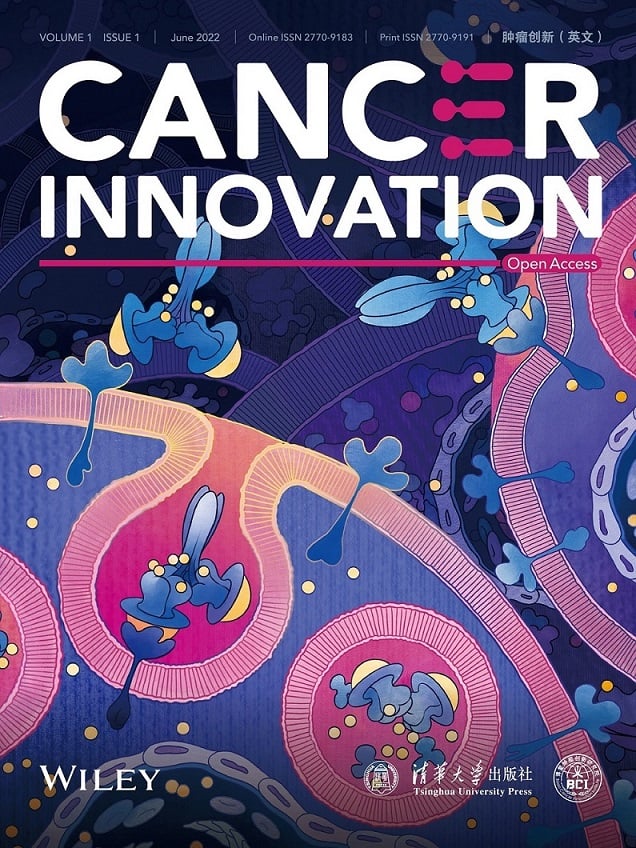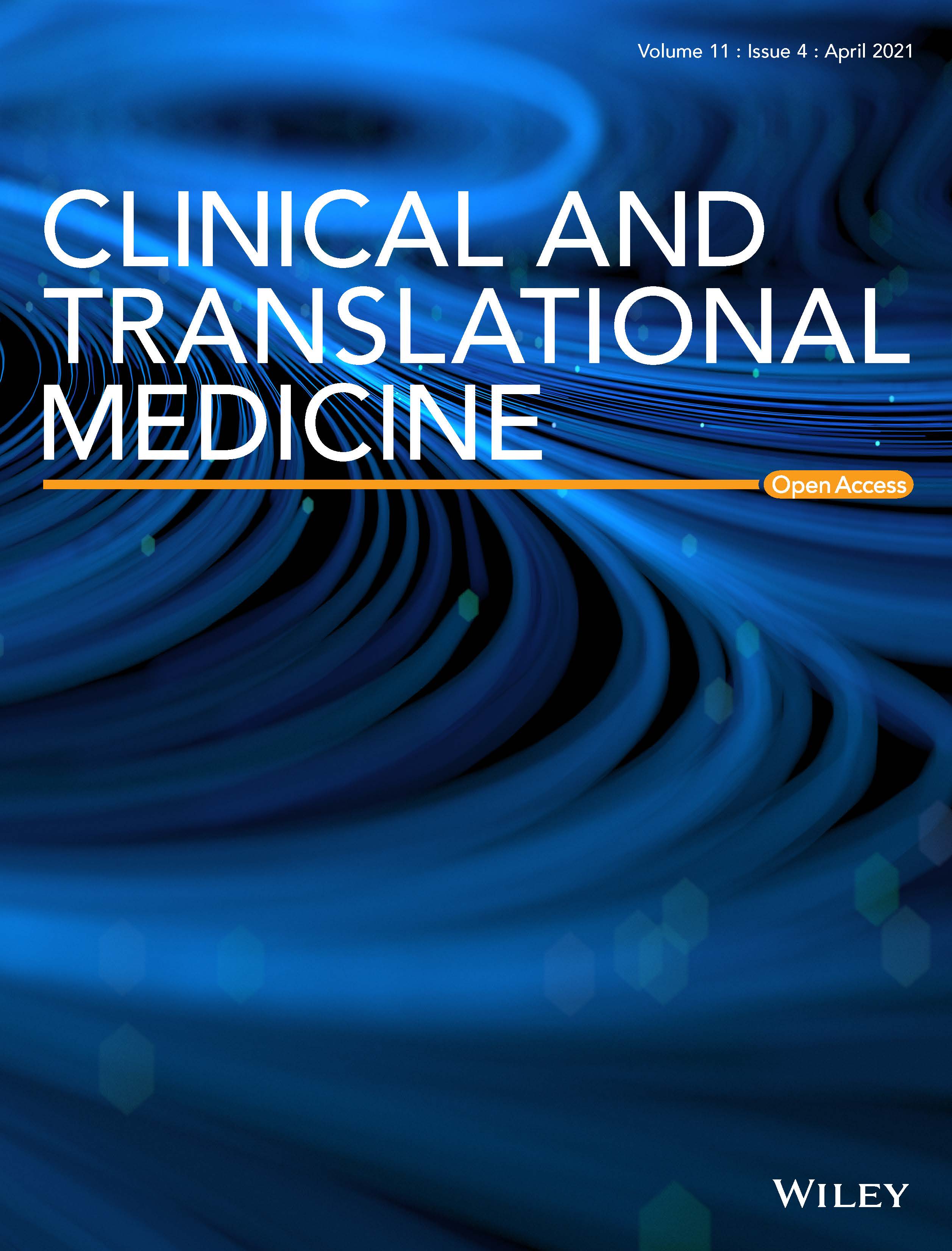Journal list menu
Export Citations
Download PDFs
ISSUE INFORMATION
REVIEW
Trending toward gero-electroceuticals that target membrane potential for reprogramming aging and lifespan
- Pages: 3-13
- First Published: 08 June 2024
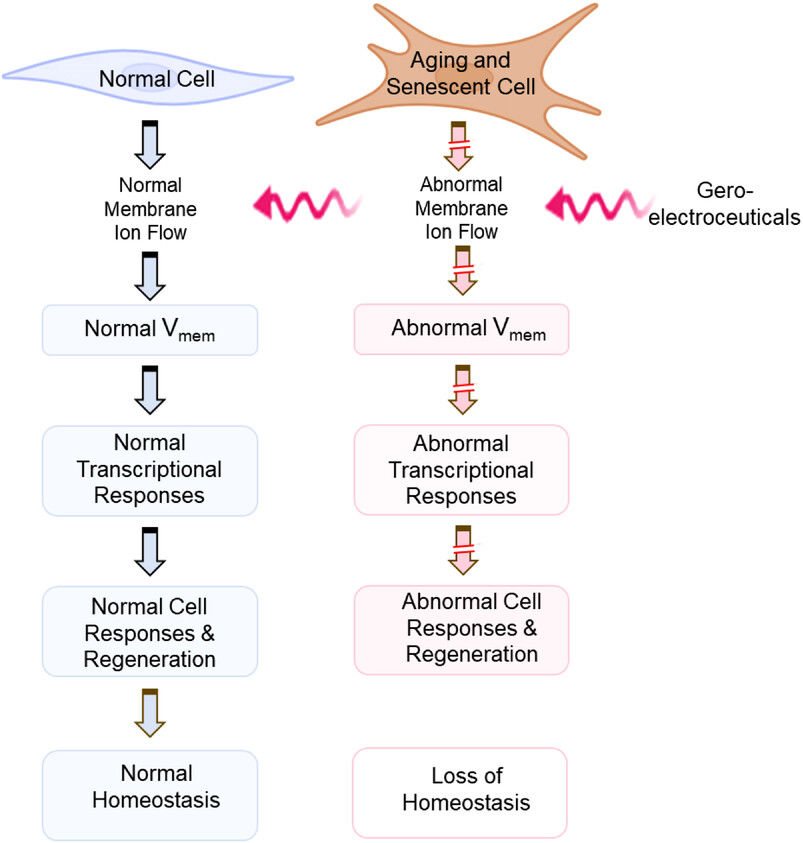
• Cells use ion flow in membranes to generate electric potential gradients (Vmem)
• Propagation of Vmem produces physiological tissue-wide bioelectric field gradients
• Bioelectric field gradients demarcate distinct gene expression domains within tissues
• Cells leverage bioelectricity for maintaining homeostasis and signal propagation
• Bioelectric field gradients direct or override the default genetic, epigenetic, or transcriptional responses
• Aging and senescence disrupt endogenous bioelectric dynamics and homeostasis
• Vmem deviations abrogate cellular functionality and regenerative capacity
• Bioelectric field gradients may be modified to regain lost function such as proliferation and regeneration
• Modifying the membrane potential can restore cell homeostasis and extend life-span.
The Gut Microbiome in Aging and Ovarian Cancer
- Pages: 14-34
- First Published: 20 June 2024
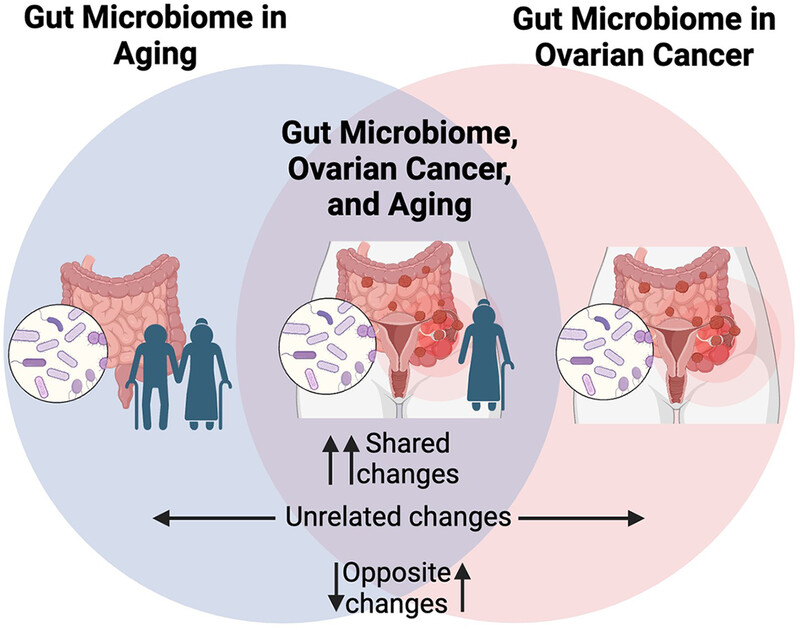
Changes in the gut microbiome accompany both aging and ovarian cancer. Despite that ovarian cancer primarily occurs in older women, there is a paucity of literature on the gut microbiome in ovarian cancer that specifically considers age of the host. This review highlights the changes in the gut microbiome that occur in ovarian cancer and aging, noting overlapping and contrasting trends and discussing the need for research that considers both age- and cancer-related changes in the gut microbiome of ovarian cancer patients.
ORIGINAL ARTICLE
Risk factors for suicide in patients with pancreatic ductal adenocarcinoma: A population-based study
- Pages: 35-47
- First Published: 23 March 2024

Graphical Abstract: PDAC patients exhibited a 3.51-fold higher risk of suicide compared to the general US population. This risk demonstrated an upward trend over the years. Notably, individuals aged 70–74 years faced a significantly elevated risk of suicide (SMR = 5.14, 95% CI: 3.10–8.03). Furthermore, there were distinct peaks in suicide risk at 1–4- and 25–28-month post-diagnoses (SMR = 15.04 and 2.72, respectively). Factors, such as gender, chemotherapy status, and marital status, emerged as significant independent predictors of suicide-specific mortality in PDAC patients.




